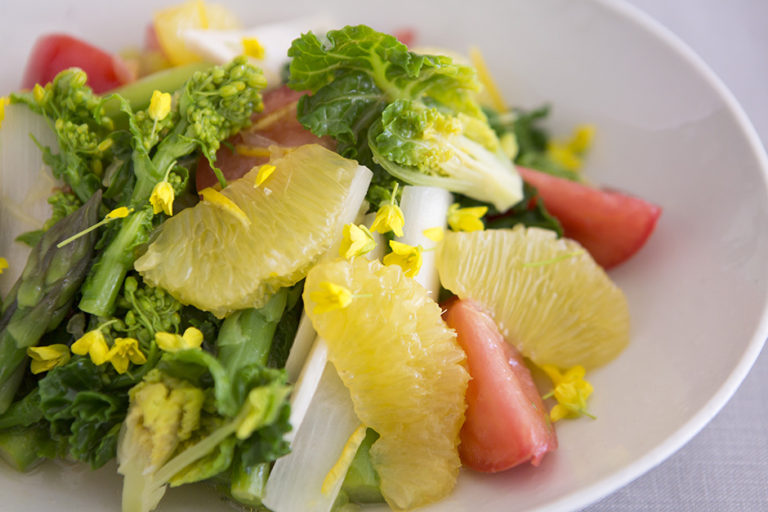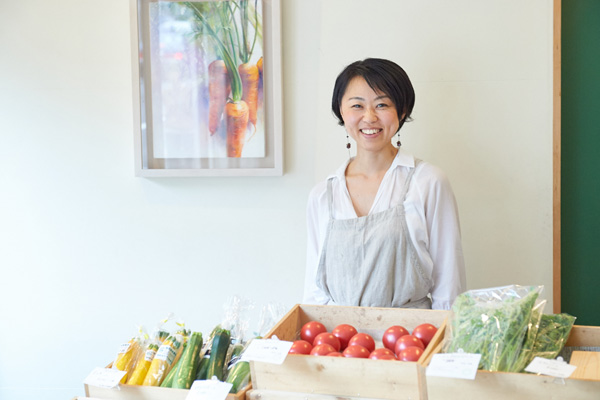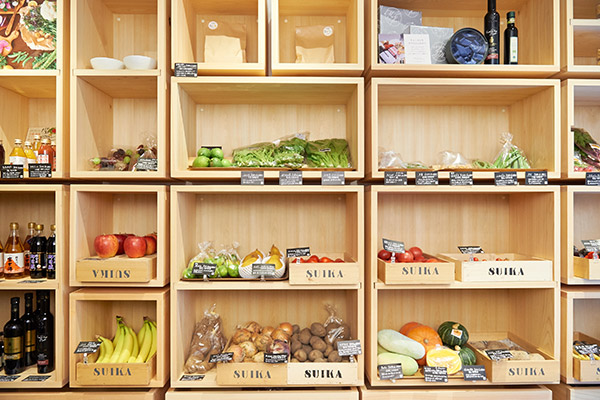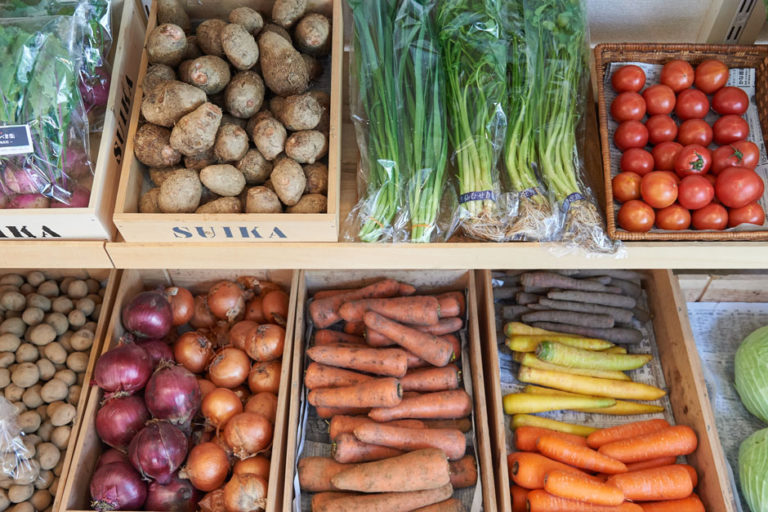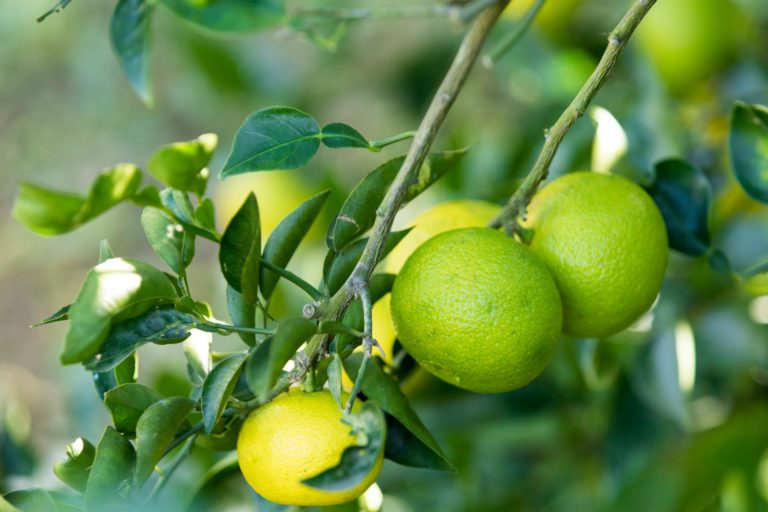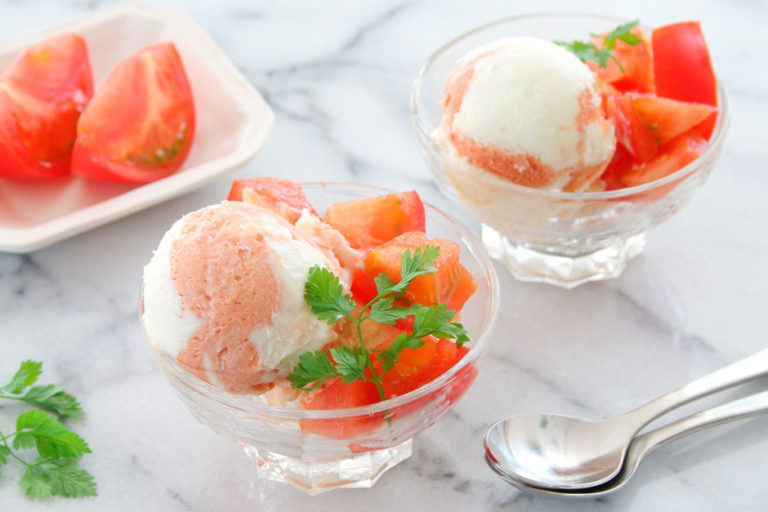The Fruit of Spring: Citrus
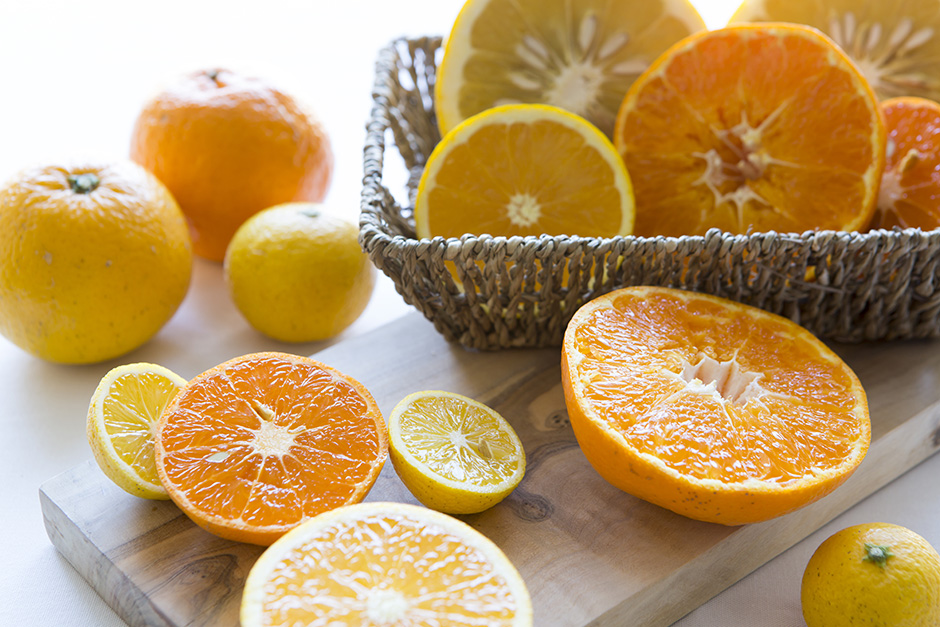
Ayako Yajima, who communicates the importance of food that makes people healthy while running her grocery store Suika that is in Tokyo’s Kagurazaka district and has an array of seasonal vegetables from around Japan, told us how pick out good citrus fruit in the spring and the best way of enjoying them.
The sourness wakes up our bodies in the spring
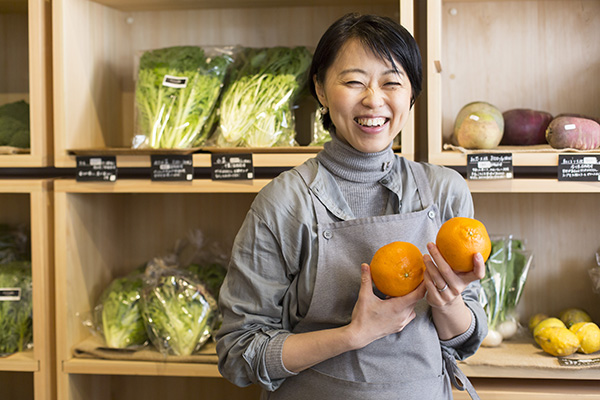
Bright yellow and orange citrus fruit reaches their prime season in the spring. There are actually as many as 900 varieties of citrus, ranging from sweet varieties like satsumas, to lemon, yuzu and sudachi, which offer enjoyable aromas and flavors.
From February 4 onward, the first day of spring according to the seasonal Japanese calendar, the season gradually begins to change from winter to spring. The strong southern wind, called Haruichiban in Japan, which blows from sometime between February 4 and the vernal equinox, is the sign that spring has finally started. Yajima thinks that the prime seasons for the plants, the human body and what it demands change according to the 24 seasons (the seasonal Japanese calendar divides a year into 24 seasons).
“Haruichiban sways the trees and stirs the soil, saying it’s spring, wake up, urging animals and plants to get ready for the spring. From February 19, a new rainwater season starts, bringing spring rains. This will be the time when everyone really wakes up, including humans because humans are also animals. The human body will want to wake up, because of this natural rhythm.”
When our body naturally gets in tune with spring, we crave citrus fruits in their prime.
“Citrus fruits notably have great aroma. The fresh smell refreshes our mood. It also stimulates your body, improves circulation and metabolism, and helps expel the toxins that you built up over the winter.”
Best to choose round and heavy fruit
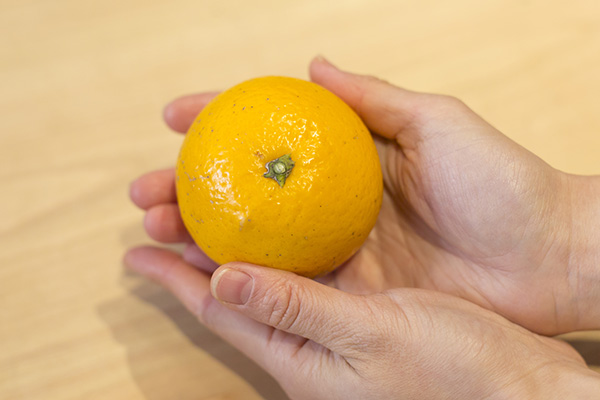
Depending on the variety, citrus fruits have different textures, juiciness, sourness and sweetness. However, according to Yajima, good citrus fruits always have something in common.
・When you look at the fruit on the side with the cap, the citrus looks evenly round
・It is much heavier than it looks
・The skin is shiny and taut
We asked Yajima to choose three varieties of citrus fruits from the display at suika, and asked her to tell us how they differ.
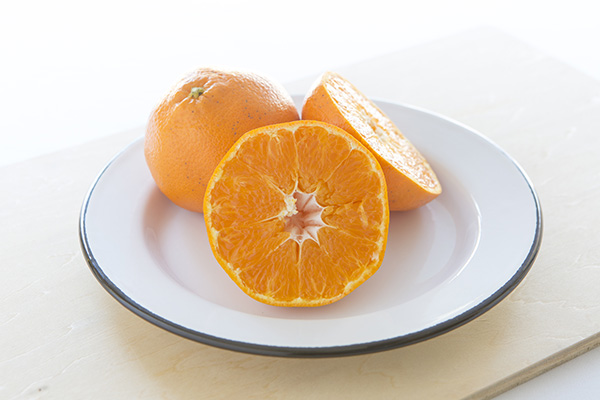
Kanpei
“Just as you can imagine from its vivid orange skin, it has a very rich taste and it is best to just peel the skin with your hands and enjoy it as is. It has a high sugar level and is very sweet. It has a firm texture and the delicious juice spreads in your mouth as you chew it. Its peak season is from late January to early March.”
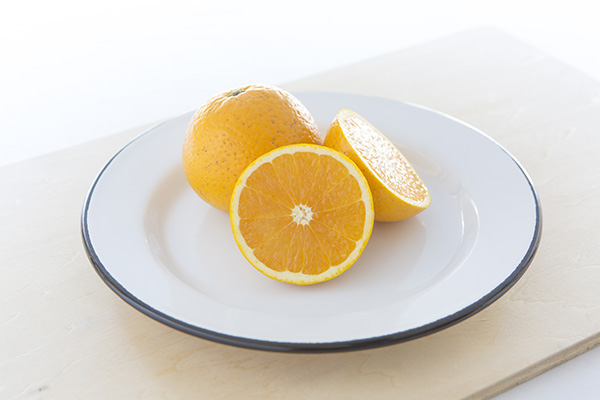
Summer Kiyomi
“It is cross between satsuma and orange, with a beautiful skin like sunlight. It has a fresh taste and plenty of juice. Eating feels refreshing, like drinking juice. Its peak season is from March to early summer.”
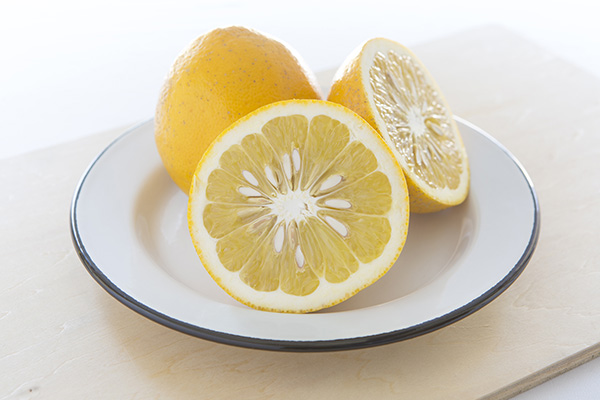
Kawachi Bankan
“The pulp is firm and it is like a Japanese version of a grapefruit. Its prime season starts around March. It is not as bitter as grapefruit, and has a balanced combination of refreshing sourness and sweetness. It is also very juicy.”
Healthy salad with citrus and spring vegetables
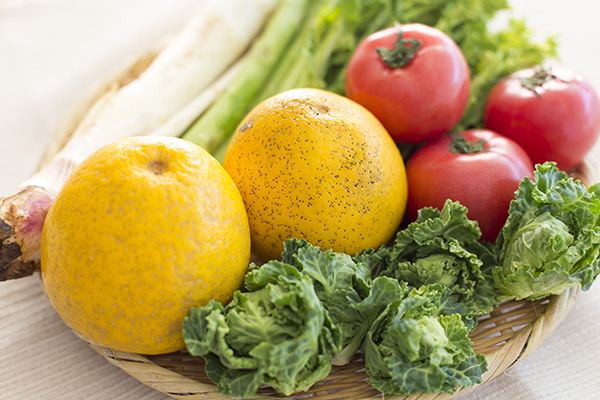
Yajima showed us a recipe which features lots of Kawachi Bankan citrus pulp and juice. It is a refreshing salad that also features spring vegetables like rape flowers and udo.
“Just like the sourness of the citrus, the bitterness of the rape flowers stimulates our body. The aromatic udo and the asparagus that grow upwards are both sprouting vegetables with lots of energy. Eating these vegetables improves your circulation. This salad is good for us in the spring.”
Improved circulation to prepare for the warm season
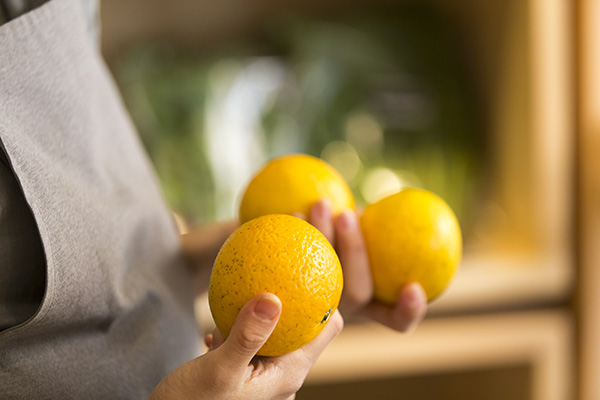
Vegetables and fruit, including sour citrus fruit and bitter mountain vegetables that reach their prime in the spring, stimulate our body just enough to wake it up, help it expel toxins, and refresh our body. According to Yajima, eating such vegetables and fruit is also an important step to stay in good health for the hot summer with a lot of sunlight.
“If you detoxify your body in the spring your body will be able to perspire more easily, so it will be easier for you to survive the summer. So I would like people to eat a lot of citrus in the spring, either as is, or in salads or meat dishes, as I have shown you. You can enjoy the start of the spring with these gifts from nature.”

